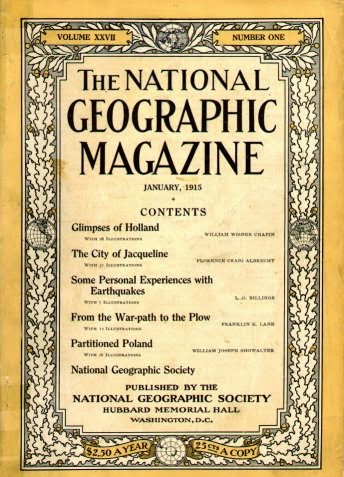In 1915 National Geographic created a new cartographic division, now known as National Geographic Maps.
They were also the first to map both sides of the moon, including the side that is hidden from the earth.
Here is a map showing many of Ukraine's place names that needed to be changed after the collapse of the Soviet Union in 1991.
See the article for more maps and details about the past and future of National Geographic cartography.
* the sun compass was a type of watch with a pin that cast a shadow that when inclined at the correct angle would indicate which way was north based on the time and latitude. It was used by Admiral Byrd on his first flight over the South Pole in 1929.
A century's worth of highlights and challenges are detailed in Cathy Newman's article 100 Years of National Geographic Maps. From Newman:
At this writing (the count is obsolete as soon as it is tallied), National Geographic cartographers have produced 438 supplement maps, ten world atlases, dozens of globes, about 3,000 maps for the magazine, and many maps in digital form.Their first cartographer, Albert M. Bumstead invented a sun compass* and the Bumstead photocomposing machine that replaced hand lettering with photographic type. An example of some of their innovative approaches is this gorgeous map of the Himalayas, taken from a combination of high resolution photography from the Space Shuttle Columbia and aerial photography
They were also the first to map both sides of the moon, including the side that is hidden from the earth.
Here is a map showing many of Ukraine's place names that needed to be changed after the collapse of the Soviet Union in 1991.
See the article for more maps and details about the past and future of National Geographic cartography.
* the sun compass was a type of watch with a pin that cast a shadow that when inclined at the correct angle would indicate which way was north based on the time and latitude. It was used by Admiral Byrd on his first flight over the South Pole in 1929.



















